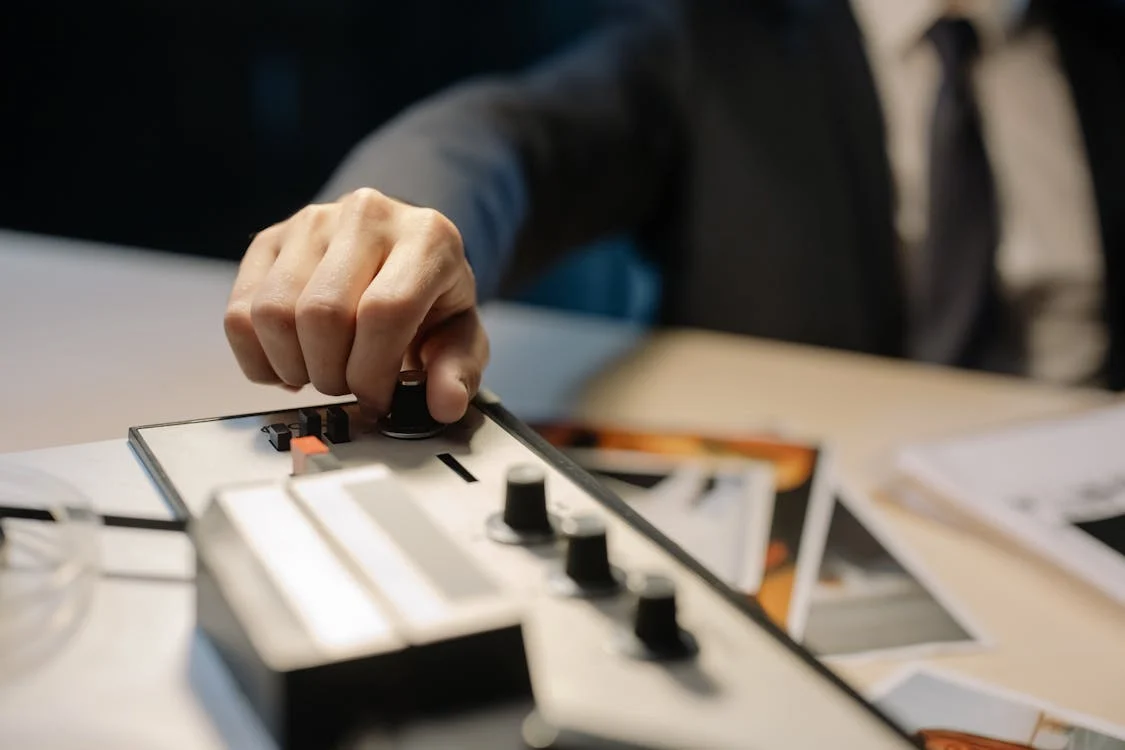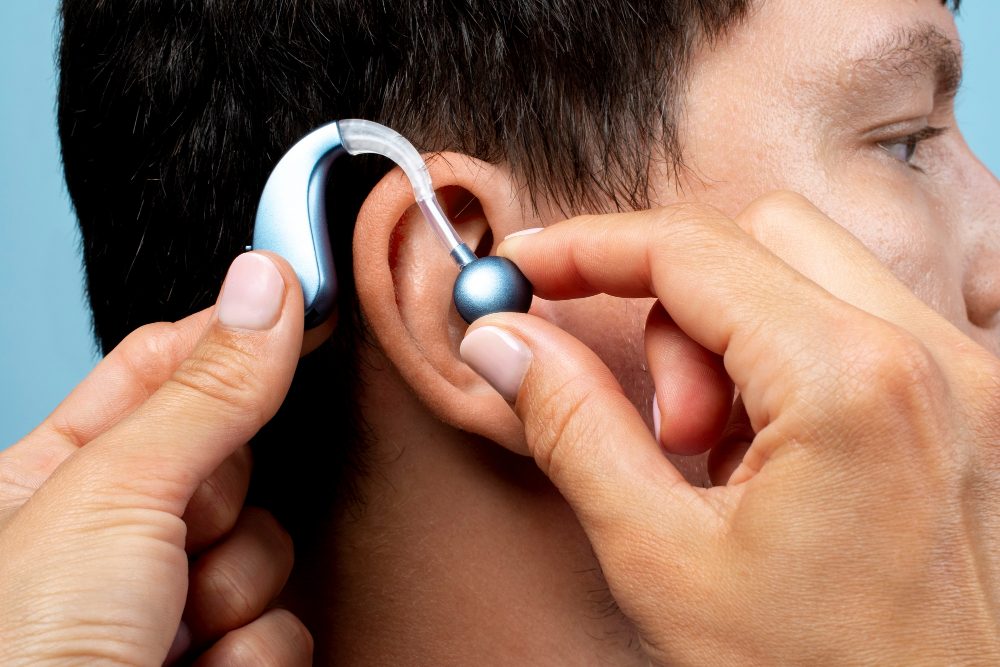Top 5 Polygraph Instruments Used In Testing
If you’re vying for a role in a government agency, law enforcement, or pharmaceutical company, you will likely take a polygraph test. It can be intimidating, especially when you see the polygraph instrument laid in front of you. Being overly conscious of the instrument may affect your composure and probably impact your performance in the exam.
To be at ease with the procedure, it’s important to familiarize yourself with polygraph instruments. In this guide, you will learn the purpose of a polygraph examination and discover five top polygraph instruments you’ll encounter in your next test.
What Is a Polygraph Test?

A polygraph test is a procedure for determining inconsistencies in people’s claims, testimonies, or statements. Over the years, the accuracy of polygraph tests has increased to 85% on average.
The polygraph machine records the body’s involuntary psychological and physical reactions to questions. Studies have shown that giving false accounts of an occurrence is usually preceded by a change in vital signs. This happens when the mind tries to convince itself of a false reality. For instance, a sudden change in body temperature, heart rate, or breathing an involuntary reaction to uncomfortable situations.
These examinations have become a mainstay in law enforcement. A polygraph test can help law enforcement agencies get to the bottom of complex investigations. It can also help employers add honest individuals to their organization.
Polygraph instruments are components of the machine that focus on various points of the body to monitor reactions during the test. They record changes in vital signs and body movements, which the examiners collate afterward. Before the exam commences, the subject is briefed on the process and the polygraph instruments.
Here are the instruments, what they monitor, and how they work.
1. Breathing Rate Tubes
The breathing rate tubes are similar to tubes you see on an athlete during physical examinations. They’re strapped around the waist and chest. They record the breathing rates of the subject of an interrogation. This is because people find it difficult to maintain their breathing rhythm when they lie. Thus, the tubes pick up on the changes in breathing typified by the length or heaviness of the torso’s expanding and contracting movements when breathing.
2. Blood Pressure Cuffs
Some polygraph tools are similar to those that medical practitioners use for checking a patient’s blood pressure levels. The cuffs on the instrument are attached to the subject’s upper arm. They are fastened tight enough to get a good reading of blood flow movement during the exam.
Each time the blood pressure spikes or returns to its resting position, the cuff records it. The change in blood pressure levels is one of the major signs of lying during questioning. It also gives rise to more signs of lying, which other instruments measure.
3. Seat/Movement Pad
The polygraph test seats are usually comfortable for the subject, so the subject starts the exam in a relaxed state. A movement pad, vital to the examination’s results, is placed on the seat. Scientists and psychologists know that lying in a controlled environment can be both psychologically and physically uncomfortable. For that reason, the movement pad was added to the instruments to detect the changes in the positioning of the subject in the chair.
4. Sweat Gland Sensor
When introduced to the subject, they’ll notice a set of pads at the end of two tubes. These pads are placed on either the finger or palm. The sensors show how perspiration can be a major indicator of the state of mind.
They monitor the changes in sweat gland function. Besides external heat, stressful situations increase sweat gland activity, causing incessant perspiration. According to science, hormonal fluctuations in the human anatomy result in a higher-than-usual level of perspiration.
For instance, the body goes into “survival mode” in an uncomfortable situation due to the release of the norepinephrine hormone. It is commonly secreted when you’ve gone through rigorous physical activity, like exercising intensely.
On the other hand, the body may secrete cortisol, a hormone that can lead to sweating due to emotional distress. By recording the sweat activity and testing the hormonal imbalance, the examiners can reach an accurate conclusion.
5. Circulation Sensor
Another crucial instrument you’ll find during a polygraph exam is the circulation sensor. This tool is similar to the oxygen flow sensor in hospitals. They are tubes with clips attached to the finger. It has a firm grip so that the instrument does not come off.
While fastened to the finger, this sensor measures the circulation of oxygen throughout the body. That way, it can detect inconsistencies in the circulation rate at certain points of the examination. Lying typically affects the heart rate and, consequently, the circulation of oxygen. Oxygen circulation rates tend to shoot up when the subject lies.
Conclusion
The accuracy of polygraph tests is often questioned yet it remains one of the most effective ways to detect false statements. This is why government agencies and major corporations use this tool to choose trustworthy individuals for influential positions.
That said, the polygraph instruments may look like a torturous device from an ‘80s movie but are harmless. Identifying them beforehand can put you at ease when you see them. It can make a significant difference in how your polygraph test turns out. All the best!









